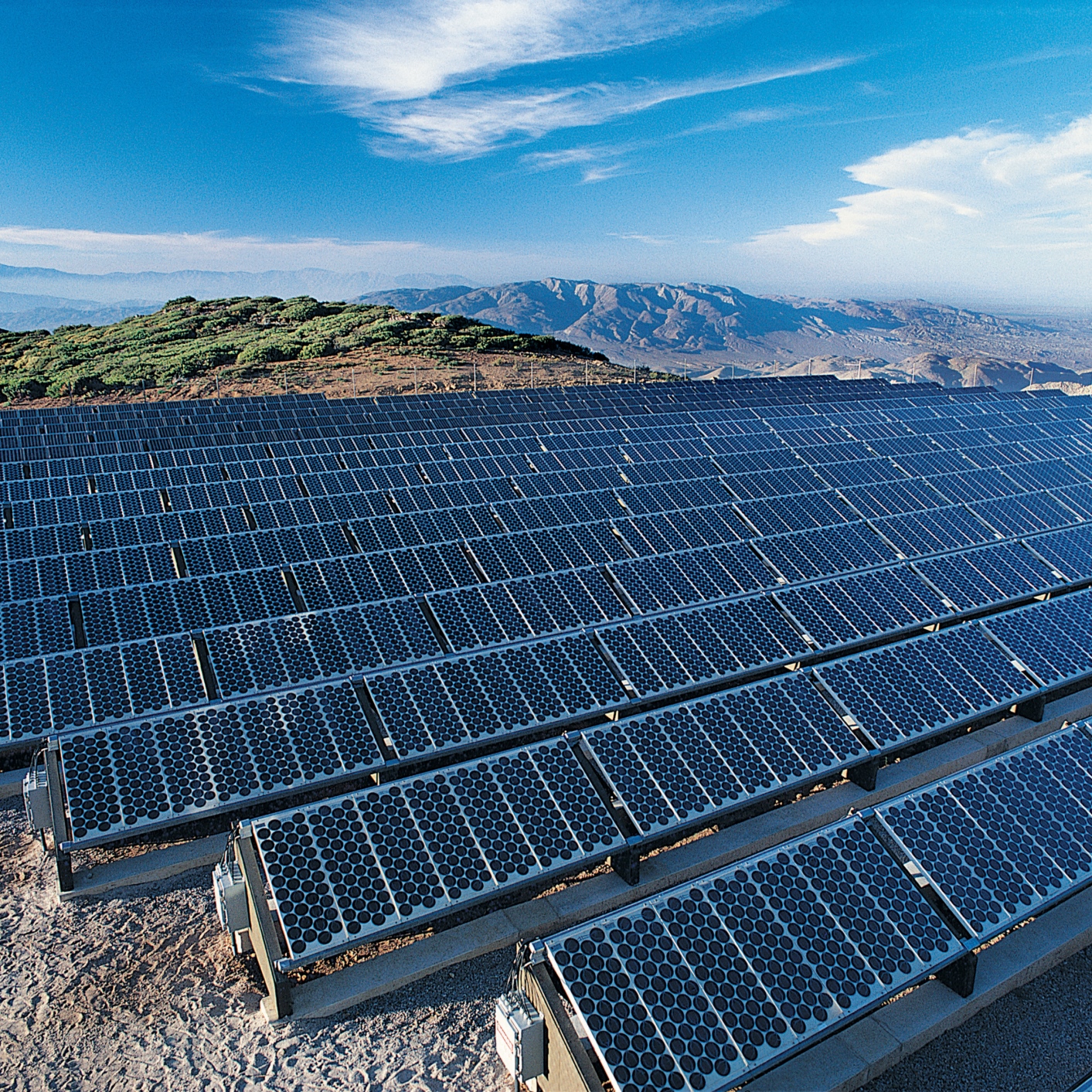
In 2016, the U.S. solar energy market installed 14,762 megawatts, up from 7,501 megawatts installed in 2015. More new solar generation capacity came online in 2016 than capacity from any other fuel source.
Growth in installation of residential solar slowed down year over year from record growth in 2015. The decline was attributed to lower installations in the second half of the year in several established state markets. The downturn was partly offset by growth in several new state markets.
The data were recently published by GTM Research in its 2016 Year in Review issue of its quarterly U.S. Solar Market Insight. GTM Research partners with energy industry consulting firm Wood Mackenzie in producing the quarterly publications.
Solar energy accounted for 39% of all new electricity generating capacity installed in 2016, up from 30% in 2015. The big change last year was the decline in new wind generation capacity, from 39% in 2015 to 26% in 2016. New natural gas generating capacity remained unchanged at 29% year over year, but that represents a decline from 43% of all new capacity in 2014. No new coal capacity came online in 2015 or 2016.
The top 10 states based on new installed capacity were:
- California: 5,096 megawatts
- Utah: 1,241 megawatts
- Georgia: 1,023 megawatts
- Nevada: 984 megawatts
- North Carolina: 923 megawatts
- Texas: 672 megawatts
- Arizona: 657 megawatts
- Massachusetts: 406 megawatts
- Florida: 404 megawatts
- Colorado: 382 megawatts
Utility-scale solar PV projects installed 10,593 megawatts in 2016, up nearly 150% year over year, and nonresidential solar PV projects added 1,586 megawatts, more than in any previous year.
System pricing for residential solar dropped from around $3.50 per watt to below $3.00 per watt. Nonresidential prices dropped from about $2.00 per watt to about $1.25 and fixed-tilt utility-scale installation costs dropped from around $1.25 per watt to about $1.00 per watt.
Essential Tips for Investing (Sponsored)
A financial advisor can help you understand the advantages and disadvantages of investment properties. Finding a qualified financial advisor doesn’t have to be hard. SmartAsset’s free tool matches you with up to three financial advisors who serve your area, and you can interview your advisor matches at no cost to decide which one is right for you. If you’re ready to find an advisor who can help you achieve your financial goals, get started now.
Investing in real estate can diversify your portfolio. But expanding your horizons may add additional costs. If you’re an investor looking to minimize expenses, consider checking out online brokerages. They often offer low investment fees, helping you maximize your profit.
Thank you for reading! Have some feedback for us?
Contact the 24/7 Wall St. editorial team.



